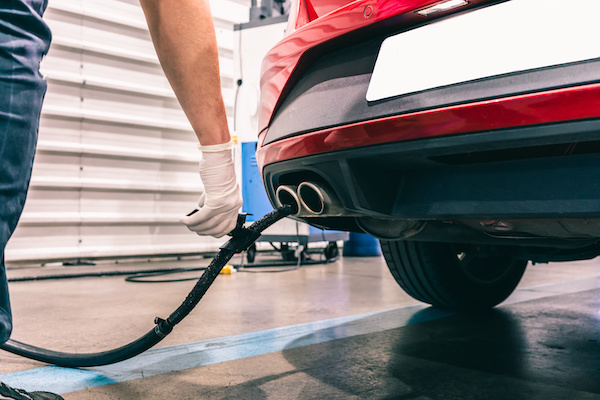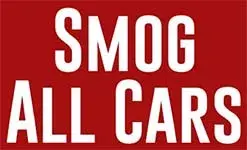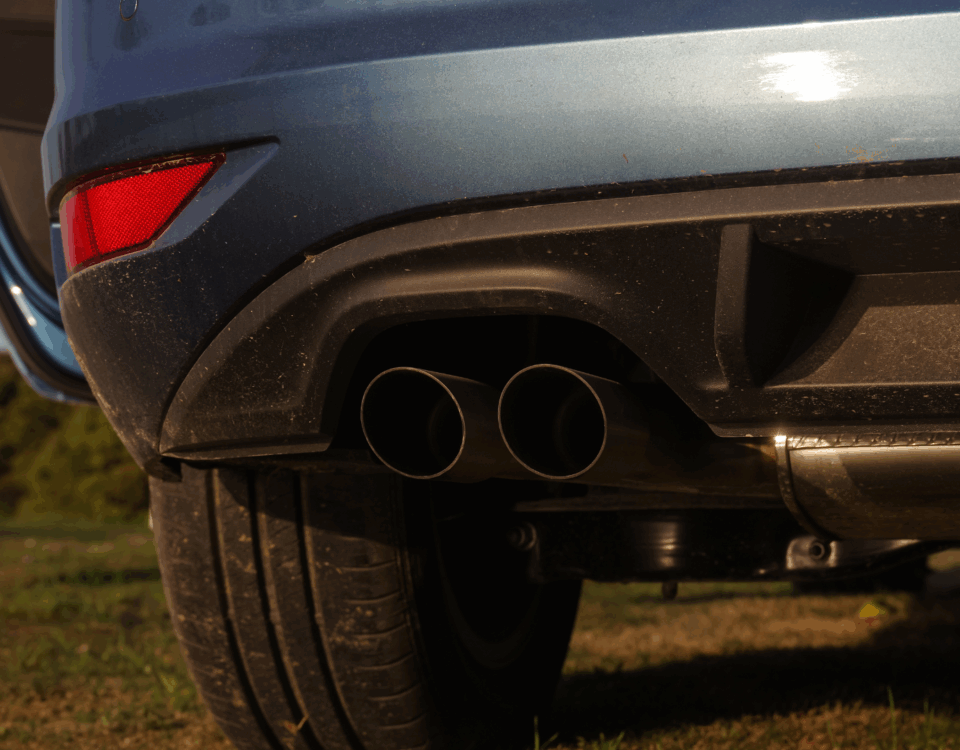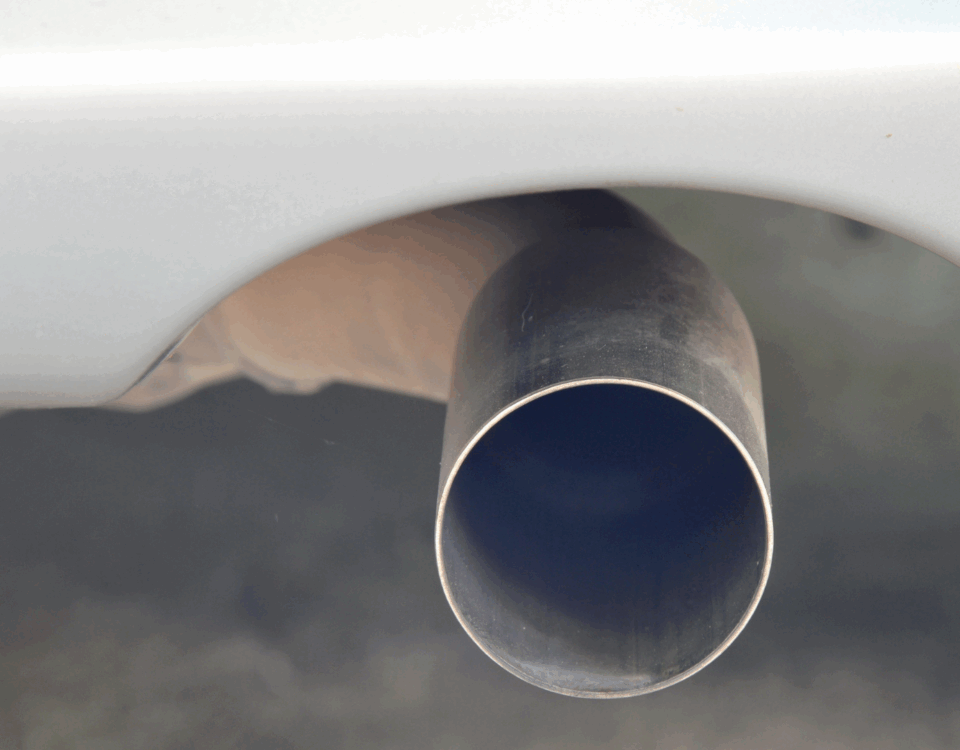Glowzone LA is a Family-Friendly Destination
April 6, 2023
The Importance of Smog Checks for Vehicle Owners in Canoga Park
April 7, 2023What You Need to Know About California’s Smog Check Program
The Smog Check Program is an important part of the California Department of Motor Vehicles’ efforts to protect public health. This program is designed to identify vehicles that produce excess emissions and either repair them or retire them from the registration process.
In 1984, the State of California launched the smog inspection process to help reduce air pollution caused by cars. It is now mandatory for vehicles that are manufactured in 1976 or after to participate in the smog check program in participating counties.
What You Need to Know About California’s STAR Smog Stations
Smog stations are required by law to meet BAR-established performance standards. STAR stations perform both tests and repairs for emissions related problems. They are primarily used by “gross polluters” who are required to visit these stations in order to meet emission regulations, but they are also open to any vehicle that requires a smog check.
STAR stations are located throughout the state and do not have to be in the same town or city as the owner of the vehicle. In addition, the test and repair process is much faster than at a traditional tailpipe inspection. Moreover, onboard diagnostics have become more advanced so that technicians can quickly read a car’s assessment and determine if it needs any repairs or not.
What You Need to Know About Getting a Smog Check in California
The first step in completing a smog check is to locate a smog station. There are many smog stations around the state that are licensed to conduct smog evaluations, and you can find one near you by looking up smog stations in your area online.
You can also contact your local Department of Motor Vehicles to get more information about smog checks. They will be able to tell you what kind of test you need and when you need it.
What You Need to Know About Smog Tests in California
In most cases, the smog test is a tailpipe inspection that measures the amount of pollutants that are released by a vehicle when it is inspected. The smog test will take place at a smog station, and the inspector will use a computer to run a number of tests and analyze the results. If the test is passed, you can then move on to the next step and register your vehicle.
If your smog test fails, you will need to take the vehicle to a smog repair shop for diagnostics and repairs. Once the repairs are completed, you can then return to a smog check station and re-test your car to determine whether it is compliant with emission regulations or not.
What You Need to Remember About Taking Your Vehicle for Smog Testing
The smog check process can be time-consuming, but it’s well worth it in the long run. It is crucial to ensure that your vehicle meets all the emissions regulations so that you can avoid fines and penalties.
The Importance of Smog Checks for Vehicle Owners in Canoga Park





